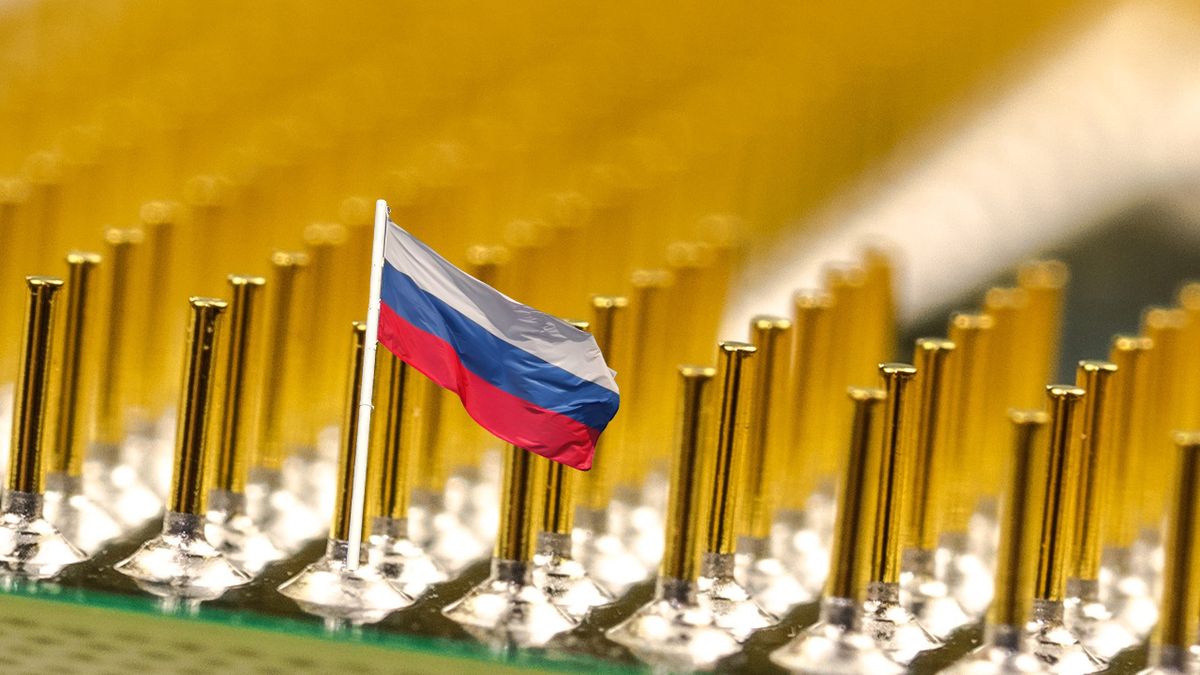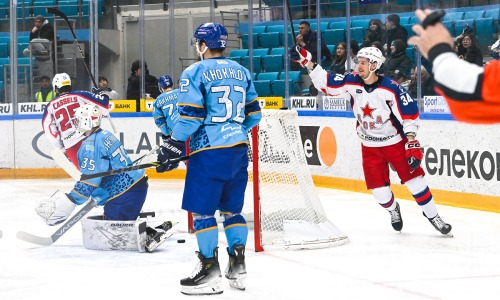Despite the best efforts of the United States, Russia’s stock of servers and computer storage has reportedly returned to heights it had not reached since before sanctions were leveled in February of 2022. Heavy sanctions on Russia’s ability to access almost anything with a computer chip were leveled by the United States in 2022 in response to Russia’s antagonism of Ukraine.
Russian news site CNews reported on the exact hardware numbers entering Russia on Wednesday. The flow of solid state drives entering the state has increased fivefold since 2022, up to 148,000 units in 2023. 126,000 foreign-based server units also entered the country, up 1% from pre-sanction 2021.
The lion’s share of this influx likely came with help from Chinese distributors, whose willingness to send anything into Russia has contributed 89% of the processors used in the country today. While the report generally tracks with other sources that have indicated newly improved supply lines from China to Russia, as with all reports from Russia news sources, we should take the analysis with some salt given potential patriotic or government influences.
But Russia is reportedly also still buying from countries that have supposedly cut all ties with them; CNews also claims that Moscow is somehow purchasing 8 data centers from HP Enterprise for 665 million rubles ($7.2 million). The absurd cost of the exchange likely comes from import fees from China, India, or the UAE, all of whom helped Russia get their hands on $1.7 billion worth of Intel and AMD chips in 2023. The cost is necessary for Moscow to upgrade their aging smart transit system.
As much as the nation would celebrate tech independence, foreign servers are the lifeblood of Russia for now. 69% of all servers used privately in Russia are foreign-built, with demand steadily rising beyond the rate that extortionate import fees can cover. Domestic brands like Yadro or Aquarius try to fill the void for Russian-made hardware, but these are still built mostly with American components today, and the Russian tech industry can only survive so long in a sequestered state.
The race is on to see whether Russia ramps down its global antagonism to remove sanctions, or if they can find ways to domestically produce computer hardware at scale first. Forever using expensive import methods will hurt Russia in the long term, but in the modern day, the nation will likely pay any price for access to the high-end computing power needed to run their brutish, belligerent military force. Recent news points to Russia funding the development of its own new 128-core HPC server platform.













